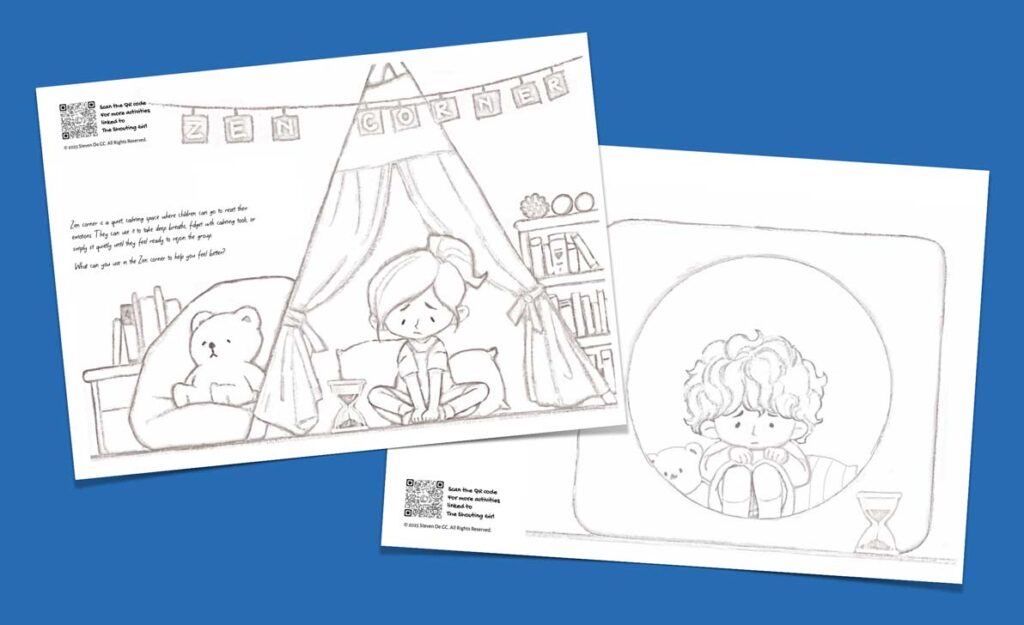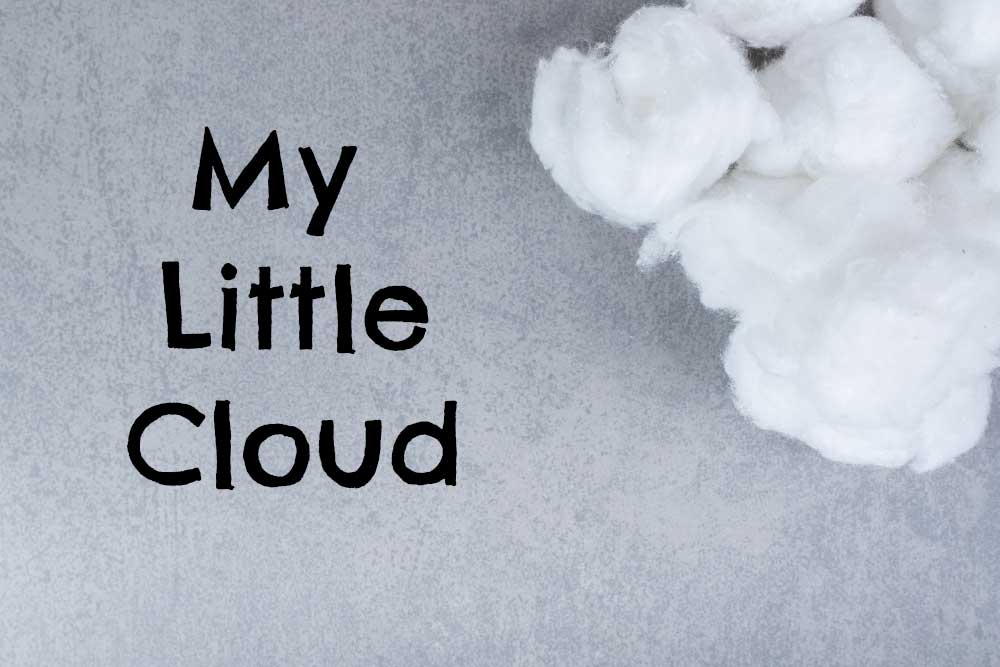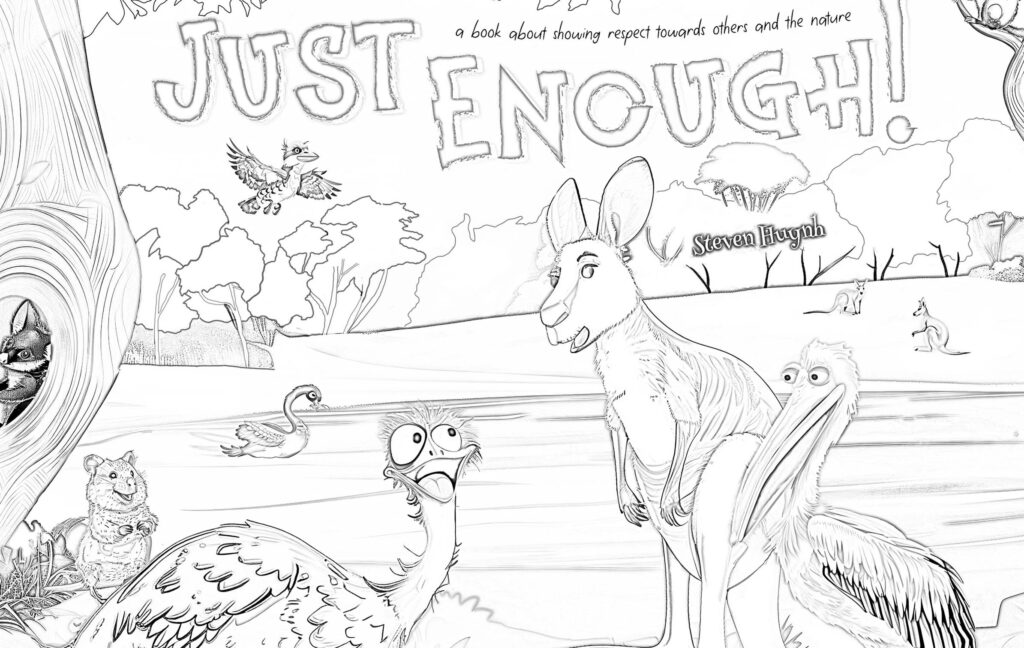N/A
The Shouting Girl Colouring

The Book
The Shouting Girl
Written by Steven Huynh, illustrated by Gehenna Pham, published by Steven De GC
The poem follows a young girl who struggles to express herself calmly, often shouting when she feels frustrated or unheard. Through her journey, she learns to recognise and understand her emotions (AC9HPFP03, AC9HP2P03 – Foundation to Year 2, Health and Physical Education) and works to develop positive strategies for expressing her thoughts and feelings in respectful ways (AC9HPFP02, AC9HP2P02 – Foundation to Year 2, Health and Physical Education).
The story also encourages children to explore characters’ perspectives and emotional responses, fostering empathy (AC9HP2P01 – Health and Physical Education, Years 1 and 2). It helps them define safe and unsafe environments through interactions with friends in a classroom, establishing help-seeking strategies in such situations (AC9HP2P05 – Health and Physical Education, Years 1 and 2). Additionally, the book highlights how environments, such as a calm corner or designated green boxes, can be designed to support emotional regulation and meet classroom needs (AC9TDEFK01, AC9TDE2K01 – Foundation to Year 2, Design and Technologies).
With its poetic language and engaging illustrations, The Shouting Girl helps students understand how rhyme and rhythm create cohesion in poems. It also explores how words and images shape settings and characters, along with other literary features such as lists of three and similes.
Resource creator
Steven Huynh
Subject
Level
Learning Intentions
• Children are learning about safe spaces
• Children colour in the sheets.
Successful Criteria
• I know where I go to reset my big emotions.
• I know what to do in safe, calm spaces.
• I colour in the sheets.
Curriculum Alignment
AC9HP2P03 9.0 (Health and Physical Education Year 1,Year 2): Identify how different situations influence emotional responses
• recognising own emotions and demonstrating ways to manage how they express their emotions in different situations
• exploring self-regulation strategies to manage emotional responses
• identifying situations that may trigger strong emotional responses in themselves and others, and recognising the impact the responses can have on others
• identifying how someone might feel, think and act during an emergency through role-play and imaginative play
• predicting how a person or character might be feeling based on the words they use, their facial expressions and body language
• recognising how self and others are feeling in a range of situations
ACAVAM107 8.4 (Visual Arts Foundation,Year 1,Year 2): Use and experiment with different materials, techniques, technologies and processes to make artworks
• exploring a range of natural and man-made materials and technologies to visually express their experiences, for example, paint, pencils, ink, sand, photography and graphically
• comparing the qualities and properties of materials such as paint, crayons, clay and found objects and select appropriate applications to represent something or someone they like
• using techniques to demonstrate various compositional effects, for example, overlapping or crosshatching
• following technical processes and safe practices to make artworks, for example, drawing onto Styrofoam to print on paper
Materials
- The Shouting Girl’s colouring sheets
Instructions
Downloads






Leave a Reply